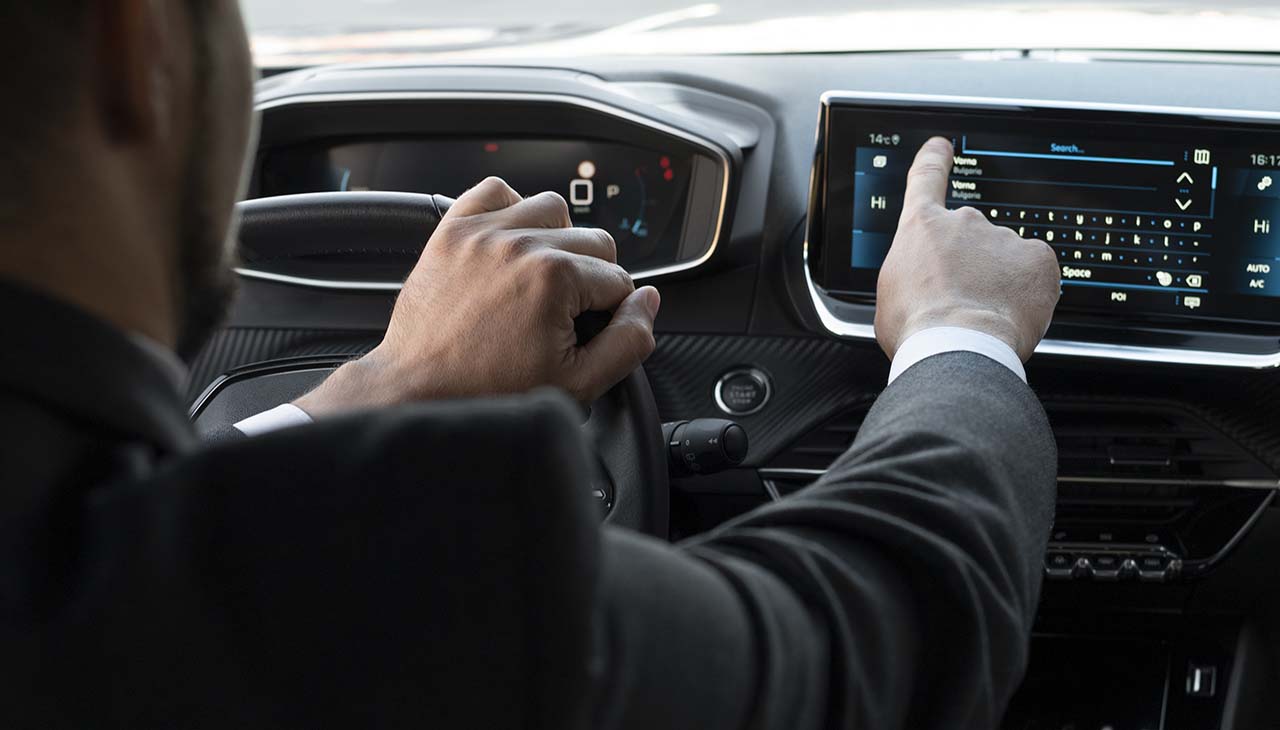Introduction: The Importance of Informed Car Purchases
Buying a car is one of the most significant investments most people will make in their lifetime. Whether you’re a car enthusiast or a potential buyer, making an informed decision is crucial. A well-informed purchase can save you from future headaches and ensure you get the best value for your money. This comprehensive guide aims to equip you with the knowledge you need to evaluate a vehicle effectively.
Understanding the Basics of Car Reviews
Car reviews are essential resources that provide insights into different aspects of a vehicle. They cover a wide range of elements, from performance and safety to comfort and technology. These reviews can come from professional journalists, automotive experts, or everyday users. Understanding how to interpret and utilize these reviews can significantly impact your buying decision.
Factors to Consider When Evaluating a Vehicle
When evaluating a vehicle, several key factors should be considered. Each of these elements plays a crucial role in determining the overall quality and suitability of the car for your needs.
Performance
Performance is often the first thing car enthusiasts look at. It encompasses various attributes such as engine power, acceleration, handling, and fuel efficiency. High-performance vehicles offer a thrilling driving experience, but they may come with higher maintenance costs. Consider your driving habits and needs when evaluating a car’s performance.
Safety
Safety should never be compromised. Modern vehicles are equipped with a plethora of safety features such as airbags, anti-lock brakes, and advanced driver assistance systems (ADAS). Look for vehicles that have high safety ratings from reputable organizations like the National Highway Traffic Safety Administration (NHTSA) or the Insurance Institute for Highway Safety (IIHS).
Comfort and Convenience
Comfort and convenience are essential for daily use. Evaluate the interior space, seating comfort, and overall ergonomics of the vehicle. Features like climate control, adjustable seats, and ample legroom can significantly enhance your driving experience.
Technology and Features
Today’s cars come packed with advanced technology and features that can make your drive more enjoyable and convenient. Look for features like infotainment systems, navigation, smartphone integration, and advanced driver assistance systems. These features not only add to the convenience but also enhance the resale value of the vehicle.
Reliability and Cost of Ownership
Reliability is a critical factor, especially if you plan to keep the car for several years. Research the vehicle’s track record for reliability, common issues, and the cost of repairs. Additionally, consider the overall cost of ownership, including fuel costs, insurance, maintenance, and depreciation.
The Role of Professional Car Reviews
Professional car reviews provide a comprehensive and unbiased evaluation of vehicles. These reviews are conducted by automotive journalists and experts who test drive vehicles under various conditions. They offer in-depth analysis and comparisons, highlighting both the strengths and weaknesses of a car. Reading multiple professional reviews can give you a well-rounded understanding of a vehicle’s performance and features.
User-Generated Reviews: Their Impact and How to Evaluate Them
User-generated reviews offer real-world insights from actual car owners. While these reviews can be incredibly useful, they often vary widely in quality and reliability. It’s essential to read multiple user reviews to get a balanced perspective. Look for common themes or recurring issues mentioned by different users. However, be cautious of overly positive or negative reviews, as they may not always be entirely honest or objective.
Tips for Conducting Your Own Evaluation and Test Drive
While car reviews are invaluable, nothing beats firsthand experience. Here are some tips for conducting your own evaluation and test drive:
- Do Your Research: Before visiting a dealership, research the models you’re interested in. Know their features, specifications, and potential issues.
- Inspect the Vehicle: Take the time to inspect both the exterior and interior of the car. Look for any signs of wear and tear, build quality, and the overall condition of the vehicle.
- Test Drive: A test drive is crucial. Pay attention to how the car handles, accelerates, and brakes. Test it on different road conditions, including highways, city streets, and rough roads.
- Check the Technology: Test the infotainment system, navigation, and other technological features. Ensure they are user-friendly and meet your needs.
- Evaluate Comfort: Spend some time sitting in the car to evaluate the comfort of the seats and the driving position. Make sure the controls are easily accessible and intuitive.
- Ask Questions: Don’t hesitate to ask the dealer or seller questions about the vehicle’s history, maintenance, and any potential issues.
Conclusion: Empowering Car Buyers with Knowledge
Informed car purchases are the result of thorough research and careful evaluation. By understanding the basics of car reviews, considering key factors, and leveraging both professional and user-generated reviews, you can make a confident and well-informed decision. Remember, a well-evaluated purchase not only ensures satisfaction but also adds value to your investment.

